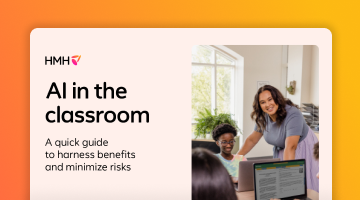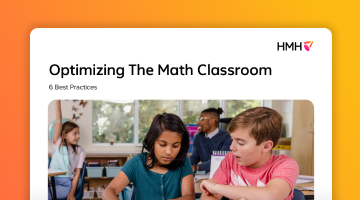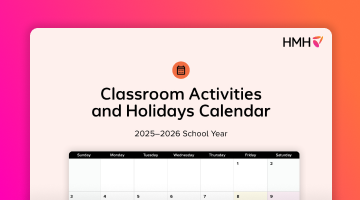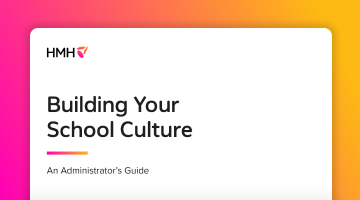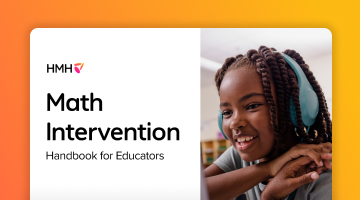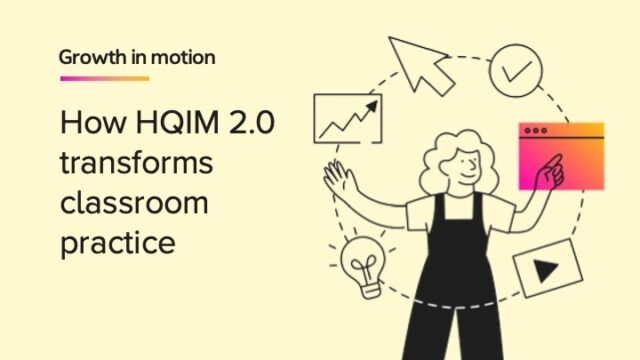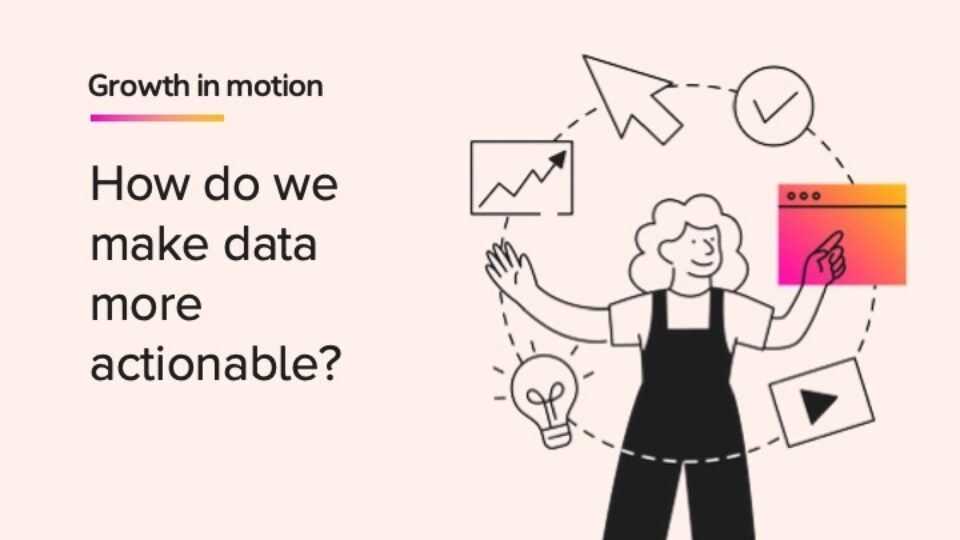
As a researcher, I’m a huge believer that if you track something—and track it well—you can make better decisions from the data you collect. Education is no different.
We have more data than ever before on student learning. Teachers can see how students are engaging in real time, and school leaders can easily map trends across classrooms. Meanwhile, the education technology industry and curriculum designers have access to usage and performance metrics from millions of students. So why aren’t educational outcomes matching the moment?
Here’s the problem: we keep treating data like a report card instead of using it as a roadmap.
When we view data as an endpoint, something we analyze after the fact, we miss its real power. Data should be dynamic. It should do more than just document what happened last week. It should also inform what happens next and when we should pivot.
When we view data as an endpoint, something we analyze after the fact, we miss its real power.
Senior Vice President of Efficacy Research, HMH
How can we make data more actionable? To start, let’s consistently ask a few simple questions:
- Are we looking at our daily data? Every day holds insight, from who showed up and who engaged, to which students understood best, and where others got stuck. When schools create space to examine and act on that information daily, not quarterly or annually, students will only benefit.
- Did teachers have a chance to meet this week? Collaboration is key. Making time to make meaning of the data together—where educators can compare notes, share insights, and adjust instruction—is a much stronger approach than doing it in isolation.
- Is there a support system for the data? Teachers need to feel supported and empowered to use data meaningfully—not just to complete compliance checklists.
- Are we giving students agency? Learning isn’t something that happens to students without their participation. Data should help students understand their own growth, set their own goals, and feel that their effort matters.
Then, we must put the data to use to create change.
- For educators: Are we using data to drive decisions in the moment? Are students getting targeted support, informed by data, before they fall behind?
- For leaders and administrators: Are we investing in professional learning based on real student need? Are we creating time and space for educators to collaborate around data?
- For the education technology industry and curriculum developers: Are we adjusting our tools when the data tells us something is working? Are we using learning science and usage patterns to iterate in real time?
Great teaching is one of the strongest levers we have for improving student outcomes—but it’s not magic. It’s strategic, adaptive, and evidence-based. Education data, when used wisely, helps make great teaching possible.
***
For more articles on trends in education from experts, subscribe to HMH's LinkedIn newsletter, Policy in Motion.
Lead with insight. Start building a data-driven culture today.

